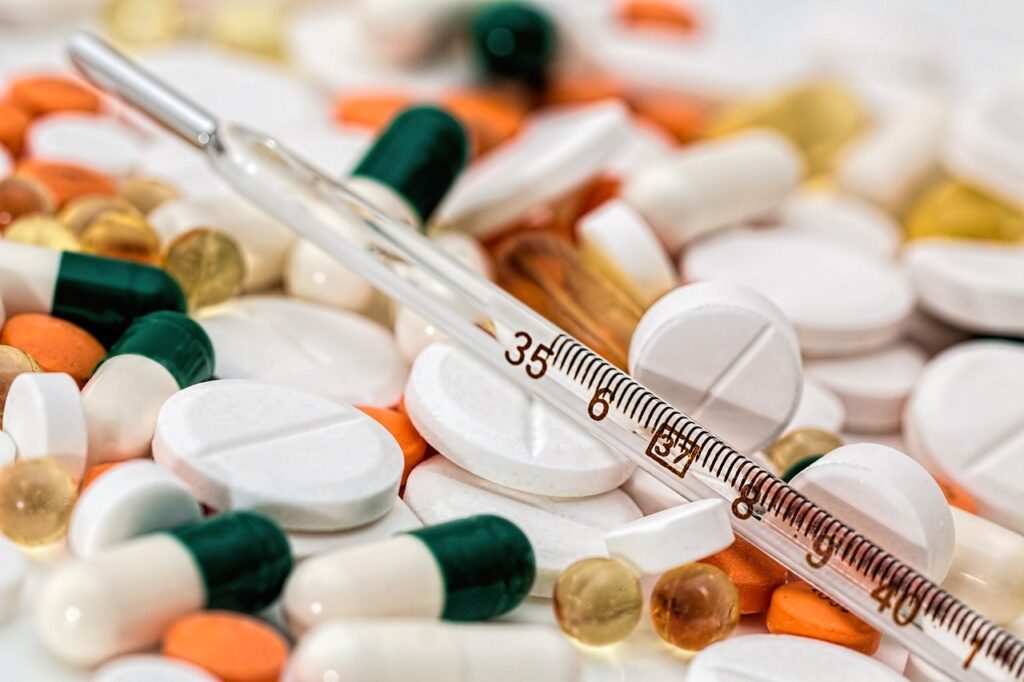Pharmacology: Pharmacology: made up by Greek words- “Pharmacon = Drug” and “ Logos = Discourse in”
Definition: Pharmacology is the branch of Medical or biological Sciences concerned with the study of “Drug” action or interaction between Drug and Living System (Human, Animals, Microbes)
Pharmacy: It is the art and science of compounding and dispensing of a drug. “Science of Drug”.
Clinical Pharmacology: study the effects of drug in Human, and mainly focused on clinical efficacy, potency, and ADR.
Toxicology: Study the poisonous effect of drug
Pathophysiology: Altered physiology during a disease
Biopharmaceutics: study of the physiochemical properties of drugs and the biological effects they produce
Pharmacoepidemiology: is the study of the utilization and effects of drugs in large numbers of people; it provides an estimate of the probability of beneficial effects of a drug in a population and the probability of adverse effects
Pharmacoeconomics: is the study of therapeutic cost between drug therapeis for a diseases.
- Benefit-cost ratio (BCR) = Therapeutic Benefits/ Therapeutic Cost
- For a dug BCR should be high as much as possible
Pharmacogenetics: study of inherited genetic differences in drug effect. Genenic variations may affect the effect of drug.
E.g. Fast acetylated enzyme gene causes the higher elimination of isoniazid (INH) thus dose of INH is required high as compared to slow acetylated gene
Pharmacovigilance (PV): is related to the collection, detection, assessment, monitoring, and prevention of adverse effects with pharmaceutical products. It is a Part of Phase IV Clinical Trial.
Major Objectives:
- Assessment of Drug Safety
- Assessment of Risk-benefit ratio (RBR) over the populations
Benefits of PV:
- Prevention of drug related toxicity, morbidity, and mortality
- Understanding of drug induced diseases
- Detect early signals/warning to serious ADR
- Improve the health benefits
DRUG: It is a French words- “Drugue = a dry herb”
Definition: It is the biological active compounds, which alter or correct the pathophysiological state of a disease for health benefit. And that is used for diagnosis, prevention, treatment, or cure of a disease
DRUG NOMENCLATURE
❏ chemical name: describes the chemical structure, the same in all countries
❏ drug company code: a number, usually for drugs that are not sold
❏ non-proprietary name: shortenend form of chemical name, listed in pharmacopea
❏ proprietary name: the brand name or registered trademark
DRUG ADMINISTRATION AND SITE OF ACTION
❏ different routes of administration are chosen depending on
- desired onset of action
- systemic or local effects
- patient characteristics
- properties of the drug
| ROUTE | ADVANTAGE | DISADVANTAGE/WARNINGS |
| Sublingual | -The effect starts immediately, -NO first-pass elimination | -The absorption may decrease if emesis happens. |
| Oral | -Easy, reliable, economic | -First-pass elimination occurs, -Emesis, diarrhea, heavy constipation may cause decrease in absorption |
| Rectal | -The effect starts immediately, -NO first-pass elimination, -Suitable for patients with heavy emesis or when the oral route is not an appropriate route. | -Unpleasant way of application -Risk of rectal bleeding -Increased bacteremia risk for immunosuppressive patients -Decreased absorption in diarrhea and constipation. |
| Inhalation | -The effect starts immediately, -suitable for general anesthetics and bronchodilators | -Intubation and special equipment are required |
| Intramuscular | -The effect starts immediately, | -Edema, local irritation or pain -Risk of infection |
| Intravenous | -The effect starts immediately, -Bioavailability is 100% | -Irritation or pain -Risk of infection -Solution must be dissolved well -Risk of embolism |
| Subcutaneous | -Absorption is slower compared to im inj. | -Edema, local irritation or pain -Volume shouldn’t exceed 2 ml -Risk of infection |
| Intranasal | -The effect starts immediately, -NO first-pass elimination. | -Local irritation -Suitable for administration of small doses of drugs |
| Transdermal | -Enables for slow and long-term drug application | -The effect starts very slowly -Local skin reactions can be seen |
| Percutaneous | -Suitable for local effect. | -The effect starts very slowly -Local skin reactions can be seen |


Good